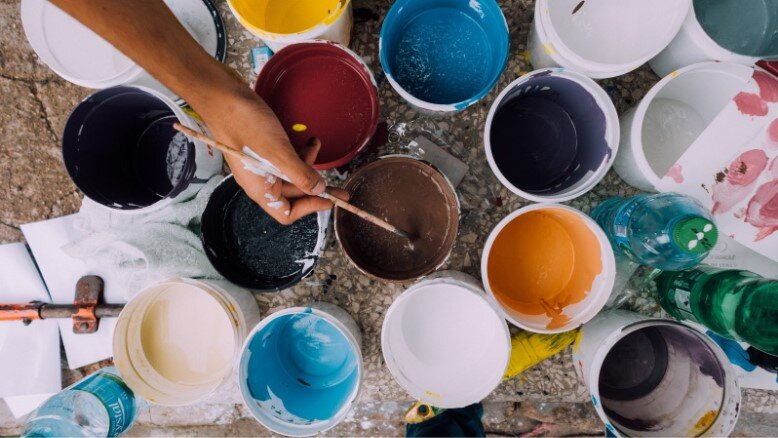by Lina Martinez
When you are an artist, there is nothing more satisfying than being able to close the door on a space, and know that you are free to do as you please once in there. A studio, for the creative soul, is that free space where anything is possible. There are a couple of things that you will need to take into consideration before you get your concrete delivery, lighting strips and ventilators.
Photo by russn_fckr on Unsplash
Size
You know what size of work you can create now, but if you want to push that further and create something more significant, a studio should give you the freedom to do it. Think about the size of your largest work to date, and if you are looking to grow that in future years.
Where
You should aim to keep the spaces that you relax and the spaces that you work in very separate. So if you were considering turning your bedroom into a bedroom/studio then put that to the side for now. Typically space rooms, garages, sheds or premises away from home are the best options. This allows you to separate your relaxation and rest from your work. Even if your creative pursuit is how you relax, the two shouldn’t mix. You’ll find yourself awake at night brimming with ideas (not a bad thing, but terrible if you want to be recharged ready to take action the next day).
Comfort
If you like to have a warm drink while you work, a beautiful view, somewhere to sit and listen to some music then you need to build that into your plans. You wouldn’t want to spill a hot drink on your work, so having a space a little bit away from your central creation station for making drinks and eating will be essential. You might consider putting your speakers high up in the corners of the room so you can fully benefit from the sound. And use a system like the SONOS, so you can benefit from the ability to create your own playlist, and just hit play on your mobile phone when you enter the studio.
Light
It will always be beneficial for your work to be as well lit as possible with daylight. So having a few windows that let as much light in as you can help you with that. If you work at night, or you find that is when you are at your most creative then try switching out standard bulbs for some that mimic sunlight. Full-spectrum lighting will help you to see the colors you are using as they would be viewed in the day time.
Safety
If you are using a lot of potent chemical-smelling media, then you should consider the implications of that. Ensuring that your windows open, that you have a fire extinguisher to hand and that you keep anything that is deemed as a fire exit clear at all times.
Once you have a plan in place for your studio, it won’t be long before you are creating incredible work in there in peace.


